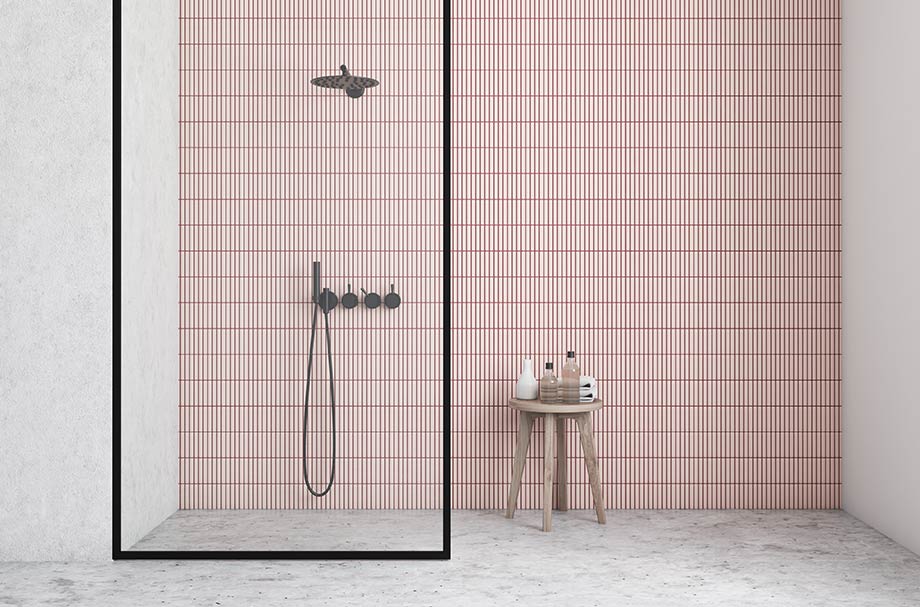
10 Oct From Structure to Sculpture: The Real Difference Between Industrial and Architectural Metalwork
In the realm of metal fabrication, not every project is created equal. While both architectural and industrial metalwork involve shaping and manipulating metals, the goals, precision levels, and expectations differ significantly. If your project includes visible metal surfaces — whether in a lobby, façade, or interior detail — understanding that distinction is crucial to ensuring success.
Function vs. Finish: The Core Divide
- Industrial metalwork is primarily about performance, strength, and efficiency. Think structural supports, brackets, mechanical components, or ductwork. In these contexts, welds may be rough, surfaces unpolished, and tolerances broader.
- Architectural metalwork, by contrast, prioritizes visual appearance, refinement, and alignment. These are elements people see and touch — cladding, screens, railings, feature walls — and even minor imperfections can detract from the overall design.
At Astro, we treat every visible metal component as part of the architecture, not as an afterthought.
Who Leads the Project — Design vs. Engineering
- In industrial projects, engineers or structural specialists often lead, focusing on load paths, material efficiency, and functional criteria. Aesthetic considerations are minimal.
- In architectural work, designers and architects drive the vision. They specify textures, finishes, materials, and how the metal interfaces with stone, wood, lighting, or glass. An architectural metal fabricator must interpret and execute that vision with fidelity—while still solving for fabrication constraints.
Because of this, early collaboration is essential. The later metal detailing is brought in, the more likely compromises or misalignments will creep in.
Finishes Are Part of the Design Strategy
Visible metal elements demand more from their surface treatments:
- Gloss, matte, brushed, patina, blackened, anodized — the finish often defines the space’s character
- Finishes must age gracefully, respond to light, and harmonize with adjacent materials
- Maintenance expectations must be accounted for
Unlike much industrial steel that might be painted or left raw, architectural metalwork demands finishing precision and foresight.
Tolerances & Craftsmanship: The Margin for Error Shrinks
A few millimeters off in structural steel might be tolerated. But in architectural elements, even small misalignments or gaps become glaring. That means:
- Meticulous measurement and double-checking
- Welding, forming, and detailing done with eye toward aesthetics
- Coordination with other trades to avoid clashes
At Astro, our standards apply across every piece — whether it’s a handrail, fascia panel, or decorative screen.
Material Choices & Design Intent
Industrial fabrication often leans toward structural steels, galvanized metals, or aluminum for efficiency and cost. But for visible architectural elements, you need metals chosen for their aesthetic qualities:
Stainless steel, brass, bronze, blackened steel, anodized aluminum — these metals offer both beauty and durability
Astro works closely with design teams to match material to intent, considering factors like lighting, environment, and adjacent finishes
A thoughtfully specified metal sets the tone; a mismatched or cheaper metal can undermine the entire design.
When to Choose an Architectural Metal Fabricator
If your project includes any of these elements, partnering with a specialist is advisable:
Custom metal panels or cladding
Decorative railings or balustrades
Feature walls, screens, or partitions
Metal surround detail (fireplaces, cabinetry)
Any exposed metal detail that’s meant to be seen
We specialize in turning design-forward metal vision into reality—delivering installation-ready, precision-finished components.


